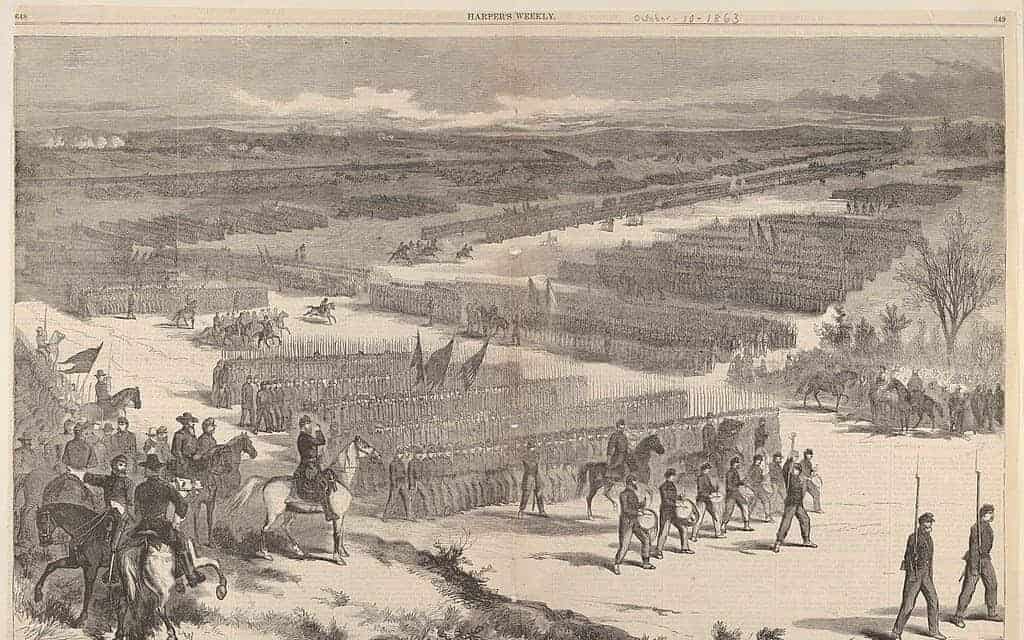
FDR and Veterans benefits and rights
In 1933 Franklin Delano Roosevelt became President, with the nation in the midst of the Great Depression and the perils of fascism and socialism rising in Europe. One of Roosevelt’s initiatives to battle unemployment was to put young, unmarried men to work in the Civilian Conservation Corps, building roads, National Parks, drainage improvements and many other projects. The CCC usually lived in camps near the projects upon which they worked. To ease unemployment among veterans, Roosevelt authorized the enlistment of 25,000 veterans, waiving the requirements that they be unmarried and under the age of twenty-five.
When Congress passed an act in 1936 allowing for the early payment of the World War 1 bonuses, FDR vetoed it, and Congress overrode the veto. Earlier Congress had rescinded and repealed all prevailing laws which controlled the compensation of veterans, placing the supervision of veteran’s affairs under the executive branch. Roosevelt established several agencies and bureaus to administer the veteran’s affairs and benefits. His predecessor, Herbert Hoover, had created the Veteran’s Administration, and FDR established committees which used some of his famous $1 per year advisors to make recommendations for the treatment of American veterans.
In 1944 FDR signed what became known as the GI Bill. The GI Bill replaced the bureaus which had previously administered veteran’s benefits and contained sweeping changes to the way the nation treated its veterans. Of its many changes, one was the provision for the purchase of homes. The VA Home Loan Guaranty Program is the only provision of the 1944 GI Bill remaining in effect. Contrary to the belief of many, the VA does not make loans to veterans, it merely underwrites them when they are written by private lenders. By the early 1990s the VA had guaranteed over 14 billion home loans, creating huge boosts to the construction industry, the expansion of the suburbs, and the growth of infrastructure to support new communities.
Under the GI Bill returning veterans from the Second World War that were unemployed received compensation at the rate of $20 per week for 52 weeks from the date of discharge. These veterans became known as the 52-20 club, and were met with some contempt by those who believed that they were encouraged to shirk when it came to looking for work by the one year benefit. They were also eligible for VA education benefits, which sent many to the highest level of education ever achieved by a member of their family. Part of what made the “greatest generation” the greatest is the government assistance they received to attain an education and purchase a home, something no previous veterans ever received.
Following the Second World War, boosted by the Korean and Vietnamese Wars, and with the wars underway today, the Veterans Health Administration has grown to become the largest of the three separate administrations which make up the Department of Veteran’s Affairs. In 1930 there were 54 hospitals and clinics treating veterans, mostly in state and federal soldier’s and sailor’s homes. By the end of the twentieth century there were more than one thousand facilities including hospitals, community clinics, nursing care homes, and domiciliaries serving veterans across the United States.
Where do we find this stuff? Here are our sources:
“A Narrative of a Revolutionary Soldier: Some of the Adventures, Dangers and Sufferings of Joseph Plumb Martin”, by Joseph Plumb Martin, with an introduction by Thomas Fleming, 2001
“War of 1812”, The Veterans Museum at Balboa Park, veteranmuseum.org
“Last of the Blue and Gray”, by Richard A. Serrano, 2013
“Did Civil War Soldiers have PTSD?”, by Tony Horwitz, Smithsonian Magazine, January 2015
“The Bonus Army in Washington”, by Wyatt Kingseed, History Net, June 2004
“History – Department of Veteran’s Affairs”, About VA, US Department of Veteran’s Affairs online

